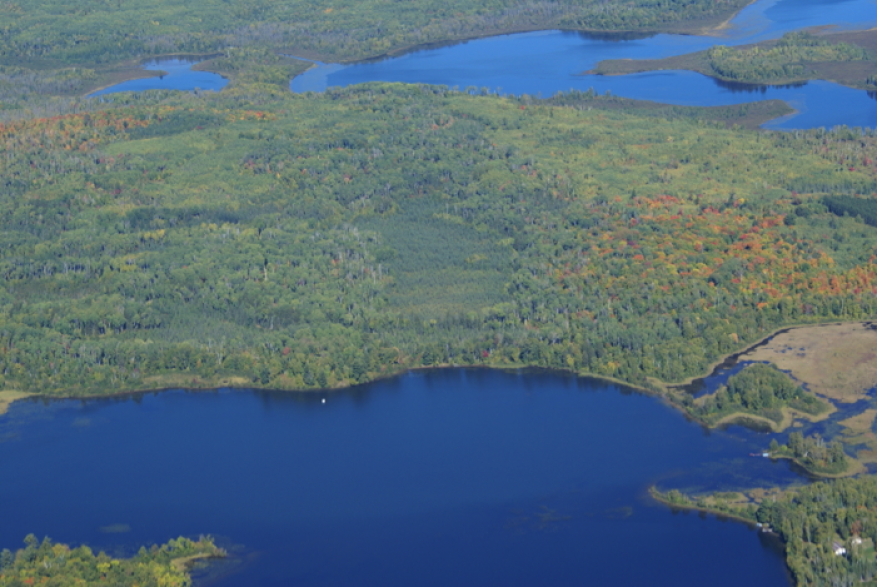Methane (CH4) is an important greenhouse gas, twenty times more potent than CO2, but atmospheric concentrations of CH4 under future climate change are uncertain. This is in part because many climate-sensitive ecosystems release both CH4 and carbon dioxide (CO2) and it is unknown how these systems will partition future releases of carbon to the atmosphere.
Ecosystem observations of CH4 emissions lack mechanistic links to the processes that govern CH4 efflux: microbial production, oxidation, upward transport by ebullition, and diffusional transport. Understanding these processes, and their interactions, is critical for prediction of biosphere feedbacks to climate change. We propose a multi-scale and multi-disciplinary study of the processes controlling ecosystem fluxes of CH4 to the atmosphere and their responses to experimental warming and elevated atmospheric CO2 concentration. Taking advantage of unique LLNL capabilities and expertise, we are providing a new observational perspective on the interacting processes that determine CH4 flux to the atmosphere. While we focus on wetlands, our results and methods will be broadly applicable for carbon source attribution and quantification of terrestrial and marine CH4 processes.
We are investigating the response of microbial CH4 production, oxidation, upward transport by ebullition, and diffusional transport to experimental warming and elevated CO2 treatments (eCO2: 850 ppm), at the Spruce and Peatland Responses Under Climatic and Environmental Change (SPRUCE, DOE-TES) experiment site in northern Minnesota (Figure 1). This ombrotrophic bog at the southern edge of the boreal peatland forest zone thought to be near an ecological tipping point with respect to climate change. Ecosystem model results for the site show divergent predictions for the ecosystem's response to warming and elevated CO2, likely due to the absence or misrepresentation of ecosystem feedbacks in the models. This divergence in modeled response to future change illustrates the challenge predicting carbon emissions from wetlands poses as net emissions result from the balance of multiple interacting processes.
Our specific objectives and contribution to the SPRUCE project are to: (1) Link belowground C-sources and processes to atmospheric fluxes of CO2 and CH4 through natural abundance isotopic observations of 13C and 2H (IRMS) and 14C (AMS) including that of methane; (2) Identify the key microbial species influencing CH4 production and consumption using stable isotope probing (13C-Chip-SIP and NanoSIMS), (3) Constrain ebullition rates with depth-profiles of noble gases dissolved in subsurface pore water (NGMS), and (4) Synthesize our findings with a biogeochemical box model to describe wetland response to warming and eCO2.





